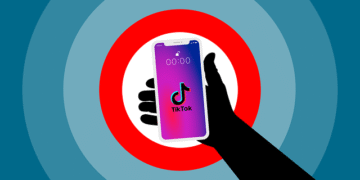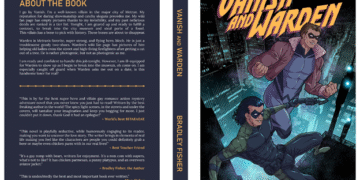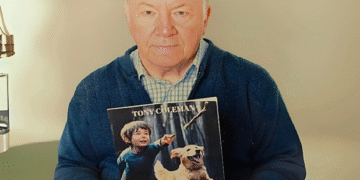Some people never stop moving because stillness feels dangerous. Jared Siler understands that feeling. In Under the Current, he writes about what happens when the silence you built for protection begins to turn against you. The story doesn’t start with a big tragedy or noise. It starts with distance, slow, almost invisible at first. The distance between you and yourself, you and others, you and the life that once felt alive. Siler captures that slow separation with painful honesty.
Loneliness Begins As A Choice Before It Becomes A Habit
At first, isolation feels safe. It’s a way to stay in control, to avoid judgment, to keep emotions tidy and contained. But as Siler shows, the safety of solitude fades into emptiness. His main character begins to realize that hiding from connection doesn’t prevent pain; it deepens it. There’s a subtle shift in the pages when comfort turns to confinement. Siler doesn’t dramatize it. He simply shows what loneliness sounds like when you’ve forgotten what conversation feels like.
Emotional Distance Slowly Becomes The Weight You Can’t Ignore
Siler’s words describe isolation as something that creeps, not crashes. It starts in small moments, missed calls, half-hearted replies, silent dinners. The character convinces himself he’s fine, that solitude is a choice. But over time, that quiet grows heavy. The more he withdraws, the more disconnected he feels from who he used to be. Siler captures this with haunting precision, using reflection instead of explanation. The reader begins to feel the ache of living behind invisible walls.
The Current Of Life Keeps Moving Even When You Stop
One of Siler’s most powerful ideas is that life never waits. Even when you isolate, the current still moves beneath you. People change, seasons pass, and silence begins to echo louder than words ever could. The book’s title becomes symbolic; the current doesn’t punish; it reminds. It shows that stillness and withdrawal don’t stop life; they only pull you deeper until you face what’s underneath.
Pain Doesn’t Disappear When You Avoid It; It Waits For You
Siler doesn’t paint loneliness as failure. He paints it as a delay. Avoidance feels like rest, but it isn’t. The character learns that silence doesn’t erase pain; it pauses it. And in that pause, the pain learns your name. When he finally faces it, there’s no dramatic breakdown, only quiet recognition. Siler’s writing captures that moment with grace, reminding readers that the only way through pain is through it, not around it.
Connection Begins When You Stop Pretending You Don’t Need It
Midway through Under the Current, something begins to shift. It’s not loud or sudden. It’s the slow return of warmth, the way sunlight feels when it touches your skin after a long winter. The main character doesn’t find connection through grand gestures but through small honesty. Admitting the need for others becomes the real turning point. Siler’s message is simple but moving: connection doesn’t weaken you; it reminds you that you belong.
Healing Happens Quietly When You Let Others In Again
As the story unfolds, the reader begins to understand that connection isn’t about fixing someone. It’s about presence. Siler writes about how being seen, even slightly, can begin to heal years of hiding. The character doesn’t suddenly become whole, but he starts showing up again, for himself and for the people who never stopped waiting. That gentle movement toward openness becomes the story’s most hopeful rhythm.
The Freedom To Feel Is The First Step Toward Peace
By the final pages, Siler leaves readers with a truth that lingers. Freedom doesn’t come from control or silence. It comes from allowing yourself to feel again, to speak again, to live again. Under the Current doesn’t demand that you change overnight. It simply invites you to return to the surface, to breathe where the light touches the water. Jared Siler reminds us that even after years of hiding, connection is still waiting, patient, steady, and strong enough to carry you home.





























